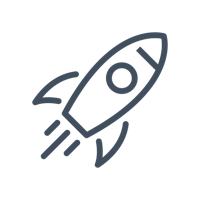Let's take the example of a typical customer community aimed at user acquisition, engagement, and retention. Here is the list of activities that need to be distributed in your team:
Organizing the community, brainstorming about the new initiative, and building roadmap.
This should be owned by the Head of Community.Content seeding, initiating conversation and facilitating discussions.
This would be owned by the community manager.Moderating content, members, and enforcing community guidelines.
This should be owned by the moderator.Executing programs designed to harness user-generated content and keeping users engaged.
This can be delivered by the community manager.Collecting product feedback and communicating to the product team.
This can be delivered by a member from the community management team.Identifying super users and acting as an interface between the company and super users.
This can be delivered by the community manager.Building dashboards to measure key metrics for different teams and communicating the same.
This can be delivered by the community manager by liaising with data integration and reporting team.Thought leadership and initiatives around the brand building.
Someone from the community management team who will work with the marketing department.Planning and organizing community events.
A member of the community management team in charge of events.
Apart from these, your community team will need to work with a design and development team to make changes to the community and keep it updated to work with your existing tech stack. Also, as a community manager, it is imperative to focus on the ways with which you can leverage your existing community members to contribute (more than just user-generated content).




